LED high bay lighting is the perfect energy-efficient lighting solution for industrial and commercial areas with high ceilings, like warehouses, gyms, barns, supermarkets, etc. In this article, you will learn:
Table of Contents
What is high bay lighting?
High bay light is designed specifically to illuminate applications with high ceilings(usually 5-20 meters). The higher the ceiling, the more space is needed to light, so it’s important that these fixtures are powerful and capable of brightening very large areas. Given their placement, LED high bays are generally for commercial and industrial use for the more heavy-duty types of light fitting.
LED highbay lights are a smart, economical choice that will save big over metal halide and fluorescent alternatives. These fixtures boast low electricity usage, fast start times, and high-quality light without glare. With LED high bay, there’s no UV or mercury being emitted, making them a safer option for the health and well-being of your workers.
LED highbay lmaps features designed optics available in multiple distributions, which means that it has been designed to satisfy multiple mounting heights including low bay applications. It provides evenly distributed, uniform lighting for open areas. These high bay lamps are used in spaces like manufacturing, industrial facilities, gymnasiums, warehouses, large department stores, factories, school and municipal facilities like community centers or recreation centers, and commercial applications like department stores.
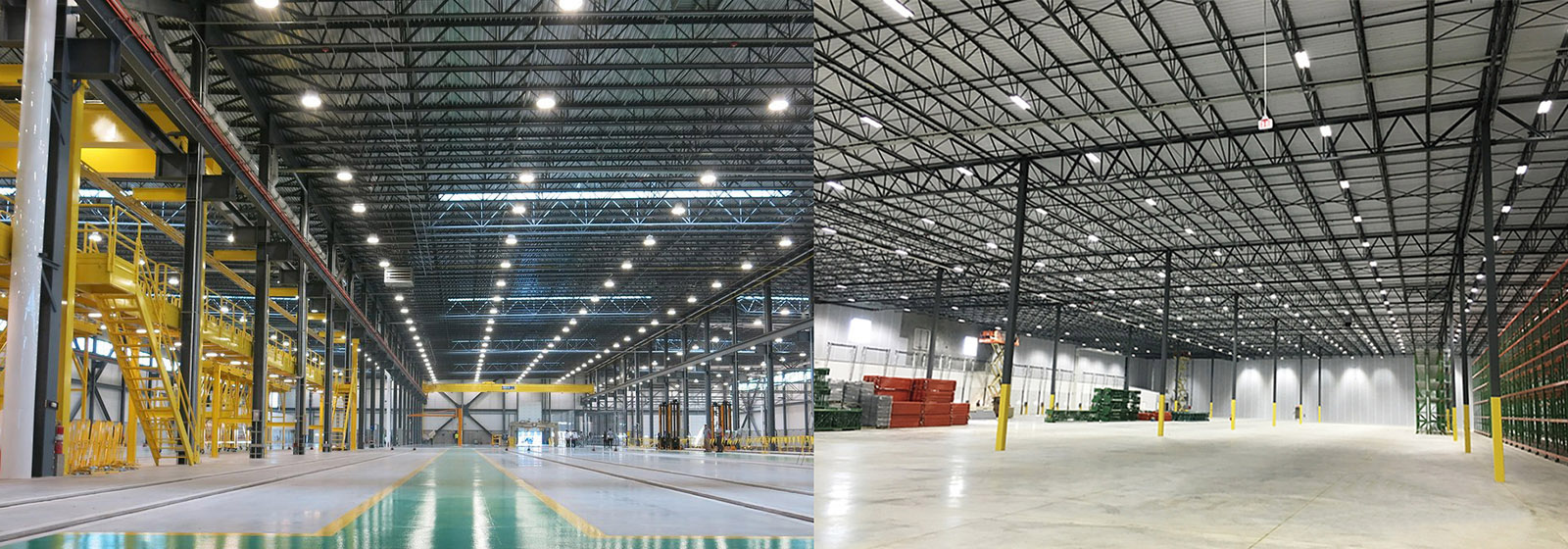
LED High Bay Lighting Applications
What is the difference between high bay and low bay lighting?
High and low bay lighting fixtures are both used to illuminate large areas and mounted onto high ceilings to provide stronger light while reducing glare.
Ceiling height is the best way to compare high bay vs. low bay lighting. Low bay lighting setups, as the name suggests, are more commonly used where there’s the less vertical distance for the light to cover. Low bay fixtures only work with ceilings that are between 4-5 meters high. High bay fixtures can illuminate ceilings that are 5-20 meters high.
The lighting also differs in strength. Low bay lighting is below 100 watts while high bays can go above 100 watts. High bays are most often found in warehouses, gantries, above a large shop or conference floors, at sports facilities, anywhere that needs a uniform, brilliant illumination to maximize visibility and light quality over a wide area.
What are the different types of LED high Bay lights?
Round LED High Bays, also called UFO high bays, are the easiest of all the high bays to install. They emit a circular light beam, typically 110 degrees, that provides crisp and even illumination to everything underneath it. They’re most commonly found in factories, warehouses, grocery stores, and airport hangars, and they have a lifespan of more than 50,000 maintenance-free hours of operation.
Linear LED high bays can be found in grocery stores, warehouses, or other settings with lots of shelves. These feature a rectangular shape with various widths and lengths, depending on your application needs. Mount them right to a ceiling or hang them on cables or chains. Many also feature a high CRI, to make it easy to see everything under them. In the case of warehouses, this lets warehouse employees travel from aisle to aisle without any dark spots, helping to reduce the chance of injury.
How to choose a high bay light?
1. Check the Ceiling Height for High Bay
The most important is to check the ceiling height for high bay luminaires. For a ceiling to be considered high enough to require highbay lighting, it should be at least 5 meters or higher from the floor. If your ceiling is under 5 meters, you can use ordinary LED lights or low bay lights rather than high bay light fixtures.
2. Check the Fixture Type
High bay light fixtures are designed with certain specifications, which include a high lumen output, reflectors to ensure downlight cast to the floor, and other special considerations that make them the only suitable choice for higher ceilings.
3. Consider the Lumen Output of Each High Bay Fixtures
The lumen output is how bright the fixture is, and it matters even more with high bay fixtures. If you have higher lumens, you have a brighter light for your space. Since the fixture will be placed so high, you need a higher lumen count to ensure proper illumination reaches the floor. Correct lumen output will depend on your space, but high bay light fixtures are certainly the brightest choice for higher ceilings in need of powerful illumination.
4. Look at Different Fixture Types Based on the Space
While high bay light fixtures were once limited in their design options, the world of modern lighting has expanded quite a bit. You should carefully consider the different types of high bay lighting products when choosing the right layout and look for your location.
5. Considering Optional Dimming and Sensors for LED High Bay If Possible
There are lots of good reasons to choose LED high bay fixtures over other high bay options on the market. For starters, LED offers some of the highest lumen outputs with the lowest watts of energy consumed. This means you get a powerful, bright lighting solution without spending a ton on utilities. LED also offers more options such as dimming, microwave motion sensors, daylight harvesting sensors, etc to save more energy.
6. Consider Beam Angles for LED High Bay Fixtures
There are various beam angles with different light distributions of the LED high bay lamps, they are designed for different applications. For a LED UFO high bay light, we have 60/90/110 degrees beam angles available. The narrow beam angles can achieve more brightness at the same height, if you want to reach super high brightness on a work plate, narrow angles will be the best choice. If you don’t know exactly which beam angles and wattage to choose, our lighting expert can help with a professional lighting layout.
How many highbay lights do I need?
After you have determined the LED high bay fixtures, it is now time to know how many lights you are going to need. The number of lights depends on the available space and how much brightness you need. According to the spacing and the brightness you need, you can know the number of lights will be needing for a particular space. We can also help to create a layout to calculate according to your request.

Lighting Layout Plan with UFO LED High Bay Light
Can I use high bay lights in a garage?
Historically, LED lighting is coming into use at a very faster pace for commercial, domestic, and industrial purposes and is doing the best job. In the same way, high bay lights in the garage are enough to effectively work and illuminate the area due to their durability, quality, and brightness. High bay LED lights are much better than other conventional lighting systems because of their less watt usage but brighter property. More unique characteristics are used less than 60% of electricity, can work up to 500,000 hours, and are even resistant to bear temperature changes and vibrations. That’s why high bay LED lights in garages are optimally applicable for improving the built-in work of workshops and reducing the energy costs.
How LED High Bay lighting is installed?
Typically, highbay lighting fixtures hang from the ceiling via hooks, chains, or pendants, or they may be fixed to the ceiling directly with an adjustable bracket.

LED High Bay Lights Installation
If you have any questions about LED high bay lighting, please contact us directly.
Request A Free Quote Now!
Send us a message if you have any questions or request a quote. We will get back to you ASAP!


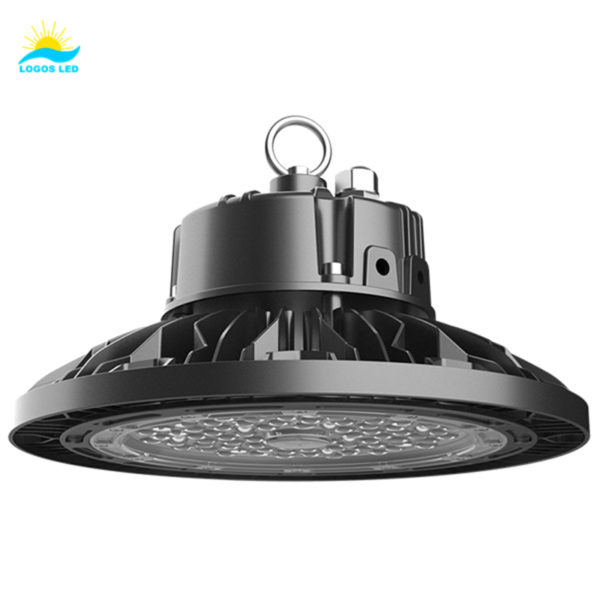
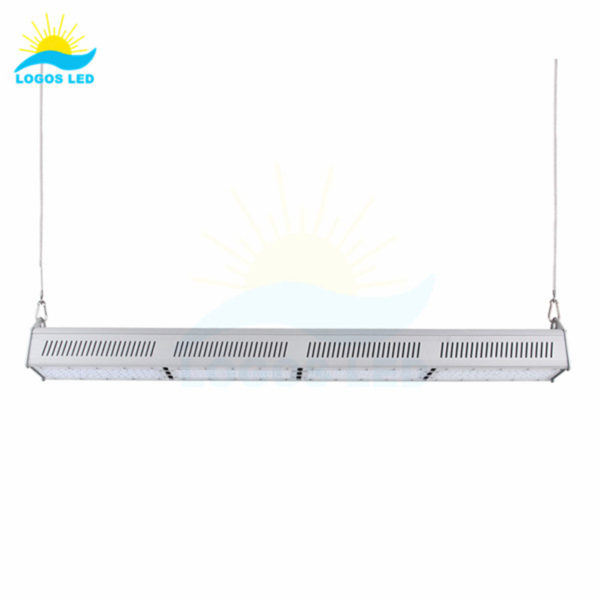

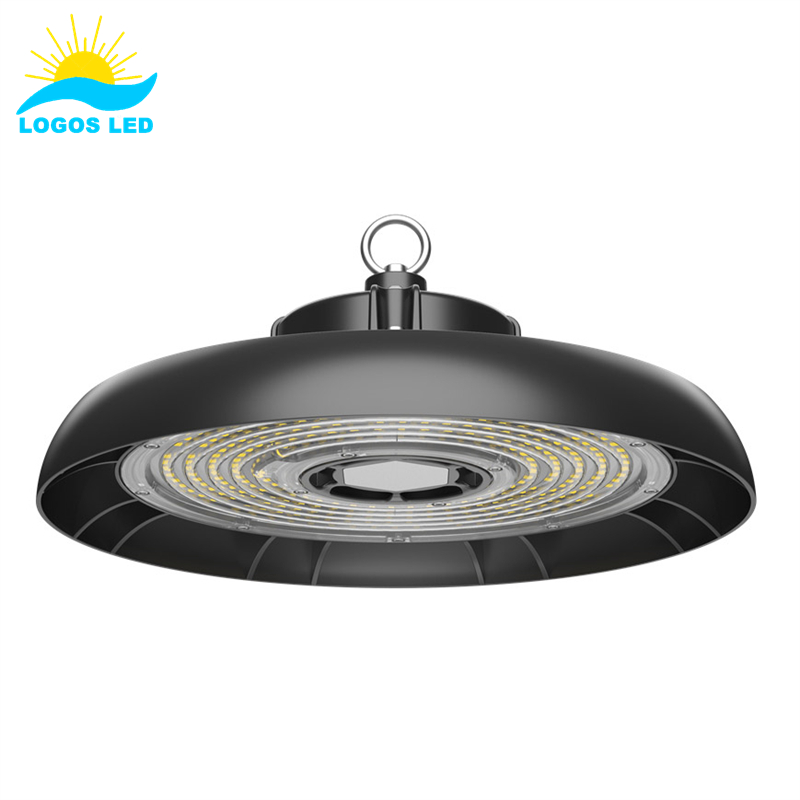

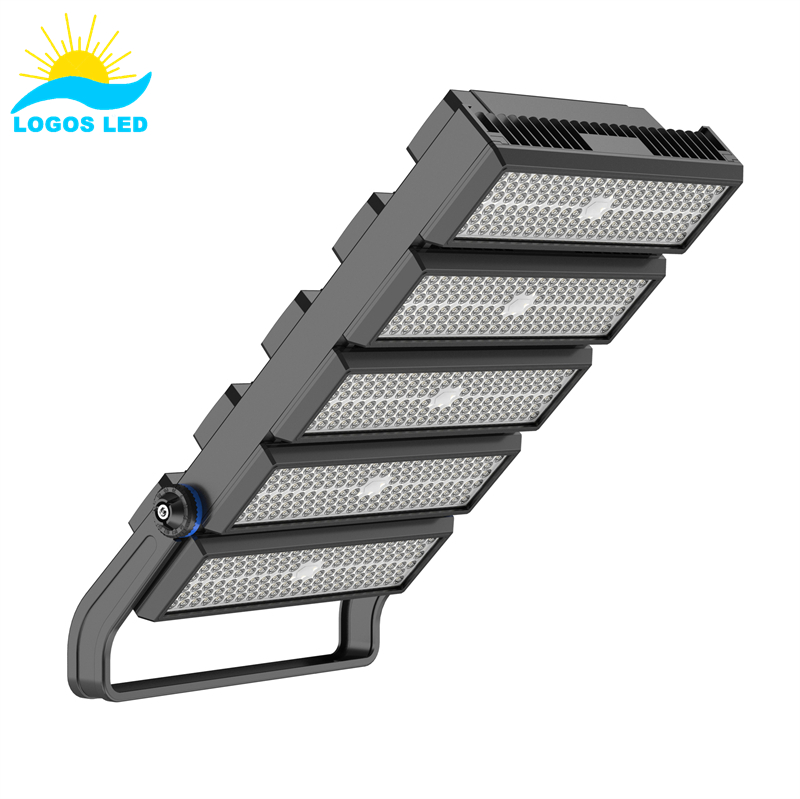
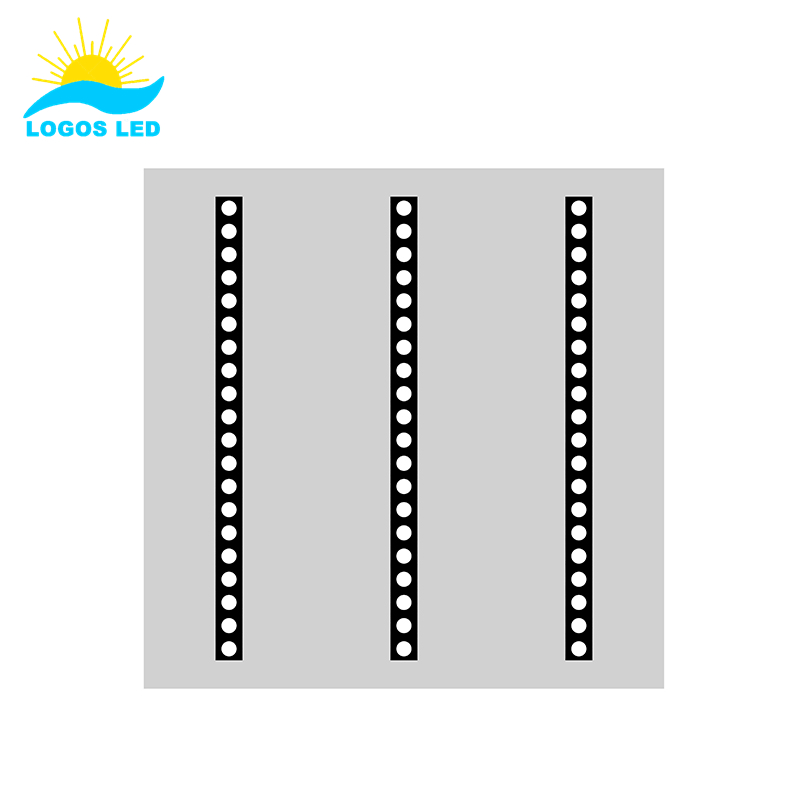
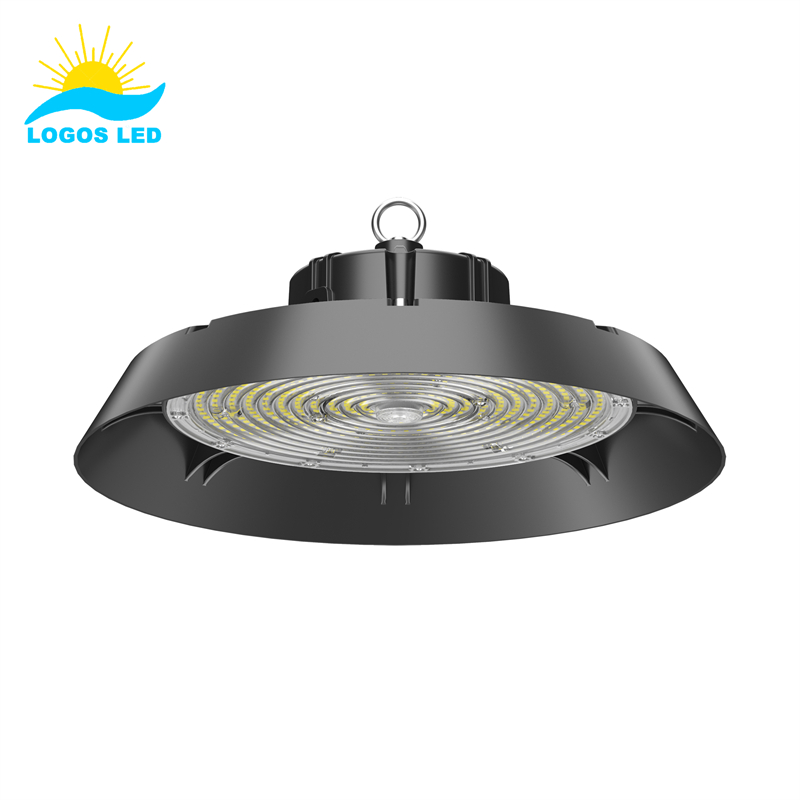
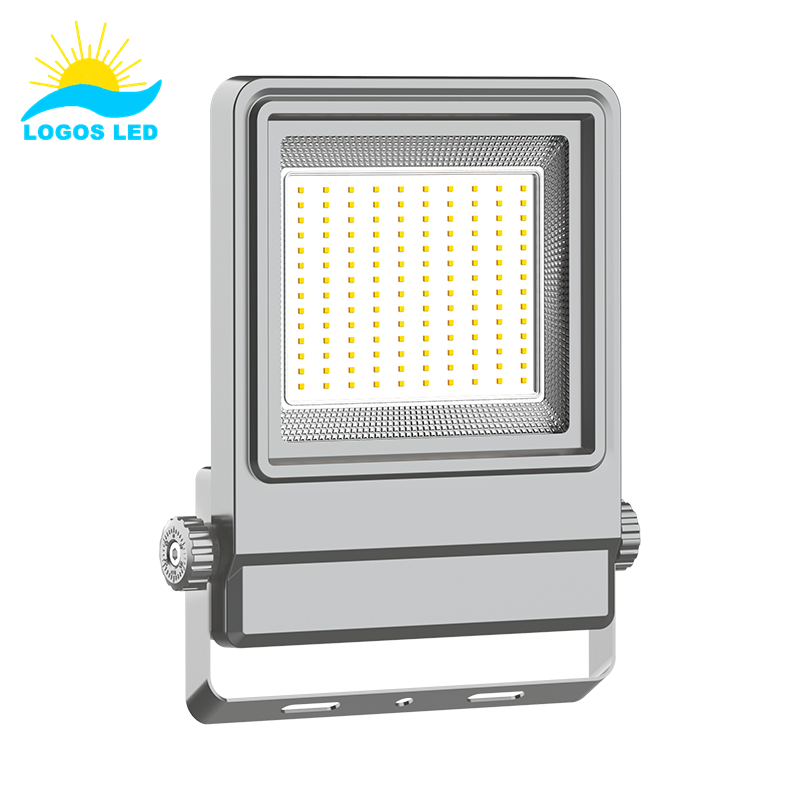

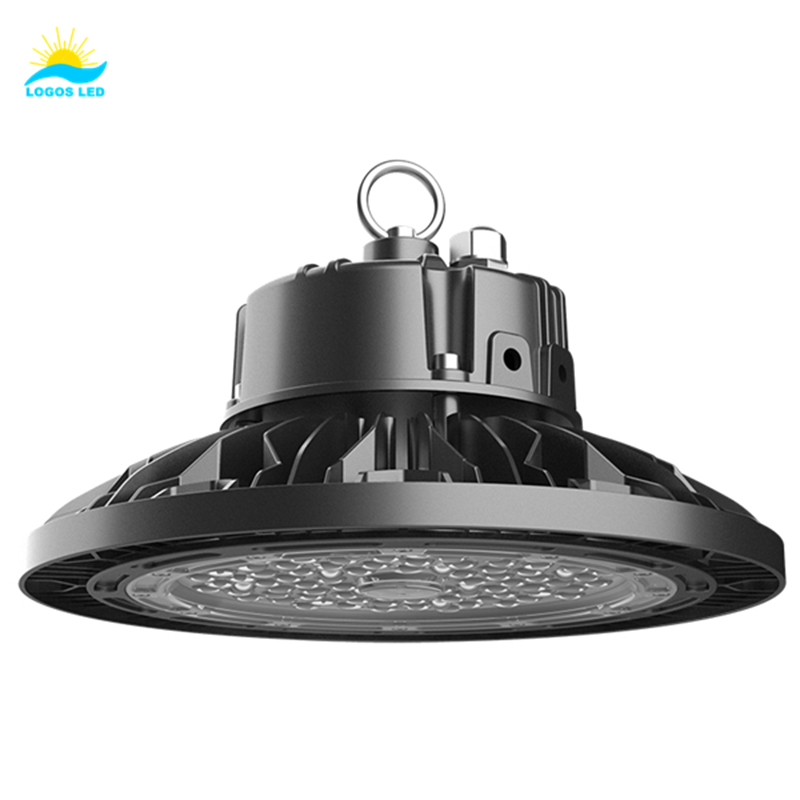
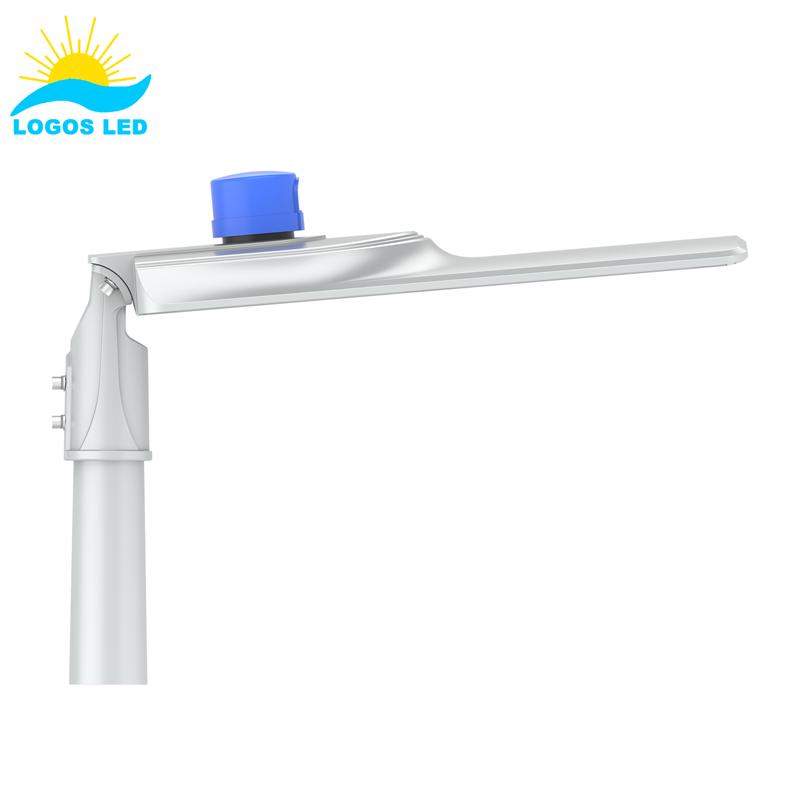

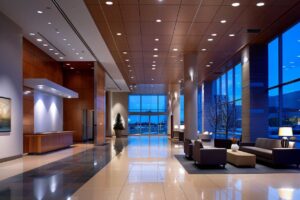
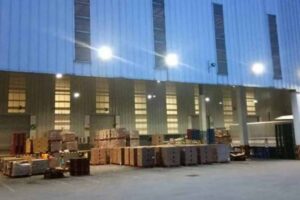

1 Comment
Leave your reply.